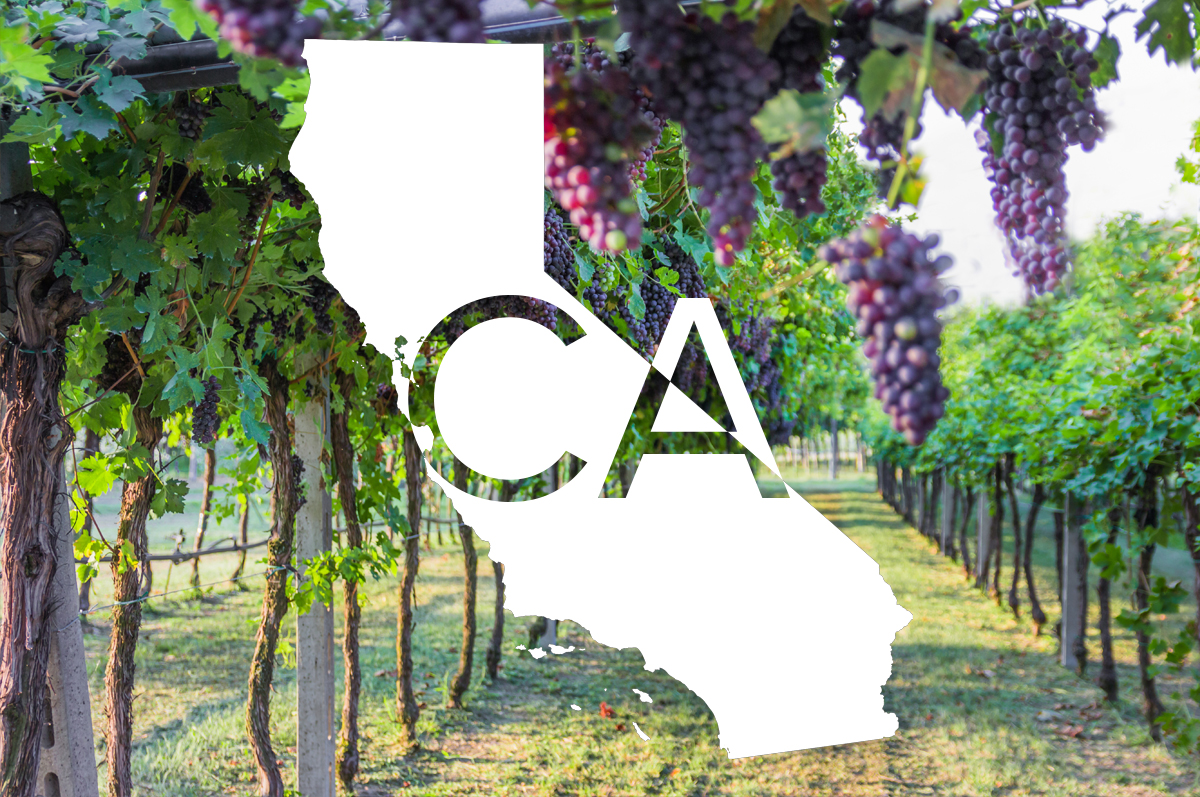Prior to 1998, CA Zinfandel was the most widely planted grape in the state. Post-prohibition many common people believed it to be a native California grape until DNA testing results came in (and an assist from a little information filled invention called ‘the internet’) showing it to be Primitivo, found in the heel of Italy, and going further back, Crljenak Kaštelanski and Tribidrag from Croatia.
Post 1998, Cabernet Sauvignon took the title of the most widely planted grape in CA, although well made examples in the state still struggle with competition in the world market, largely against Bordeaux, for being the best in their class and terroir. Well made Zinfandel from CA on the other hand has no competition.
Unfortunately the vast majority of Zinfandel plantings in the state are designated to make everyone’s grandmother’s favorite White Zinfandel, a sweet rosé wine (it honestly hurts using those words in regards to the category, a shame really – moving on…). The remaining smaller portion of the plantings in the state produce world-class wine.
One of the most renowned regions for the grape is California’s Dry Creek Valley AVA inside of the larger Sonoma County AVA. Prior to prohibition, the Dry Creek Valley was primarily producing Zinfandel, and post prohibition Cabernet Sauvignon and Zinfandel began sharing the primary growths title followed by Sauvignon Blanc. For what it is worth, you will see Sauvignon Blanc in the market from Dry Creek Valley, you may even see a Cab from time to time, but Dry Creek Valley and Zinfandel are synonymous to this day (and we’d hedge our bets on ‘moving forward’ too).
Dry Creek isn’t the end-all-be-all for the state’s Zinfandel though. Other regional expressions are highly prized and sought after, a few examples being: Alexander Valley, Sierra Foothills, and Lodi (‘7 Deadly Zins’ anyone?). Zinfandel is a very expressive grape that can go from punch-you-in-the-face fruit, to spicy/peppery, to raisin box, to earthy and terroir driven, and a number of stops in between.
In cooler climate areas like the foothills or coastal regions, it will generally take on a more raspberry and red berries tone, while the hotter regions like the valley in central CA can produce a more blackberry, anise and black pepper dominated Zin.
Fun Fact: Older is better! The older the vine of Zinfandel the more it intensifies spice and fruit flavors in the wine with lower yields and more concentration in the fruit. There are some vineyards that have fruit bearing vines clocked in at 125 years old (the average age of a grape vine is 120 years for a basis of comparison). When you are shopping for a bottle of Zin, it pays to spend a little more on the bottle labeled ‘Old Vine Zinfandel’ – but be mindful, there are no laws really governing this, but generally a newer vineyard’s Zinfandel will be “old” at 20 years, common practice says it should be at least 30 – 40 years, but if you leave it to the winemakers, generally 50 years and up is the beginning point for labeling as ‘old vine’ in regards to Zin.

